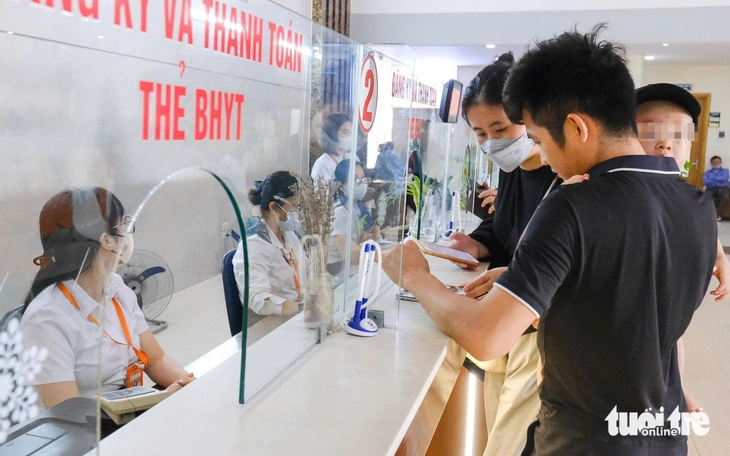
People do health insurance procedures at Hanoi - Bac Giang International General Hospital (Bac Giang province) - Photo: HA QUAN
Expanding the group supported by the state to pay health insurance
The State supports health insurance premiums for five main groups including near-poor households, students, ethnic minorities, middle-income agricultural, forestry and fishery workers, and security and order workers at the grassroots level.
From July 1, the Law on Health Insurance was amended and added four more groups, including village health workers, village midwives, part-time workers in villages and residential groups, along with people's artists, meritorious artists and victims of human trafficking.
The minimum support level for these groups is expected to be 50% of the health insurance premium. If a person belongs to multiple support groups, they will be selected for the highest level to participate.
Telemedicine is covered
Currently, the health insurance fund only pays for direct medical examination and treatment costs at medical facilities, there are no regulations on payment for remote medical examination and treatment.
The new law, effective from July 1, has added, allowing participants to pay for remote medical examination and treatment, support for family medicine examination, medical examination and treatment at home, rehabilitation, periodic pregnancy examination, and childbirth.
Notably, the health insurance fund will also pay for the cost of transporting patients between medical facilities, instead of only supporting transportation from district level to higher level as before.
Costs for medicines, technical services, equipment, blood, blood products, medical supplies, etc. are also guaranteed to be covered more fully.
In addition, the new law also adds payment for treatment of strabismus and refractive errors for children under 18 years old, instead of only paying for children under 6 years old as previously regulated.
Out-of-network medical examination still enjoys 100% health insurance
Previously, when going to a hospital outside the designated area for examination and treatment, people often had their benefits reduced. However, according to the new regulations, some special cases are still entitled to the maximum health insurance payment (ie 100% of the benefit stated on the card).
Including inpatient examination and treatment at basic and specialized levels when treating serious, rare and high-tech diseases (list prescribed by the Ministry of Health ); ethnic minorities and poor households treated in difficult areas, island communes and island districts; as well as inpatient treatment at district and provincial hospitals identified before January 1, 2025.
In addition, groups such as armed forces, meritorious people, veterans, children under 6 years old, relatives of martyrs, elderly people from 70 years old from near-poor households or people receiving monthly social benefits... continue to enjoy 100% of health insurance examination and treatment costs.
Notable changes for health insurance participants for 5 consecutive years
The amended law also adds many great benefits to those who participate in health insurance for 5 consecutive years.
First , if the total co-payment amount in a year exceeds 6 times the reference level (replacing the previous minimum wage), the health insurance fund will pay all medical examination and treatment costs.
Second , remove the 180-day waiting period to enjoy high-tech benefits.
From July 1, after only 30 days of paying health insurance, participants will enjoy full benefits, including high technology.
Third , the calculation of co-payment costs will be based on the reference level set by the Government instead of the minimum wage, making the health insurance policy more flexible and realistic.
To be fully covered, people need to maintain health insurance continuously for 5 years or more, with no more than 3 months of interruption, and have a co-payment amount in the year exceeding the prescribed level, and the co-payment amount for medical examination and treatment costs in the year is 6 times greater than the reference level.
According to the law, the maximum health insurance contribution is 6% of the reference level - this is the maximum prescribed level. From July 1, the contribution level is still 4.5% of the reference level, taking the basic salary as the basis. Thus, from July 1, the insurance contribution level will not increase but remain the same.
According to statistics, by early 2025, more than 95 million people nationwide had participated in health insurance. The social insurance sector aims to have over 95% of the population participating in health insurance by 2030, and at least 95% of people using primary health care services at grassroots health facilities paid for by health insurance.
This revised law is expected to remove many barriers, helping people access healthcare more easily, especially for serious illnesses and diseases requiring high technology with expensive treatment costs.
Source: https://tuoitre.vn/tu-1-7-kham-chua-benh-trai-tuyen-kham-benh-tu-xa-duoc-bao-hiem-y-te-chi-tra-ra-sao-20250630103816544.htm





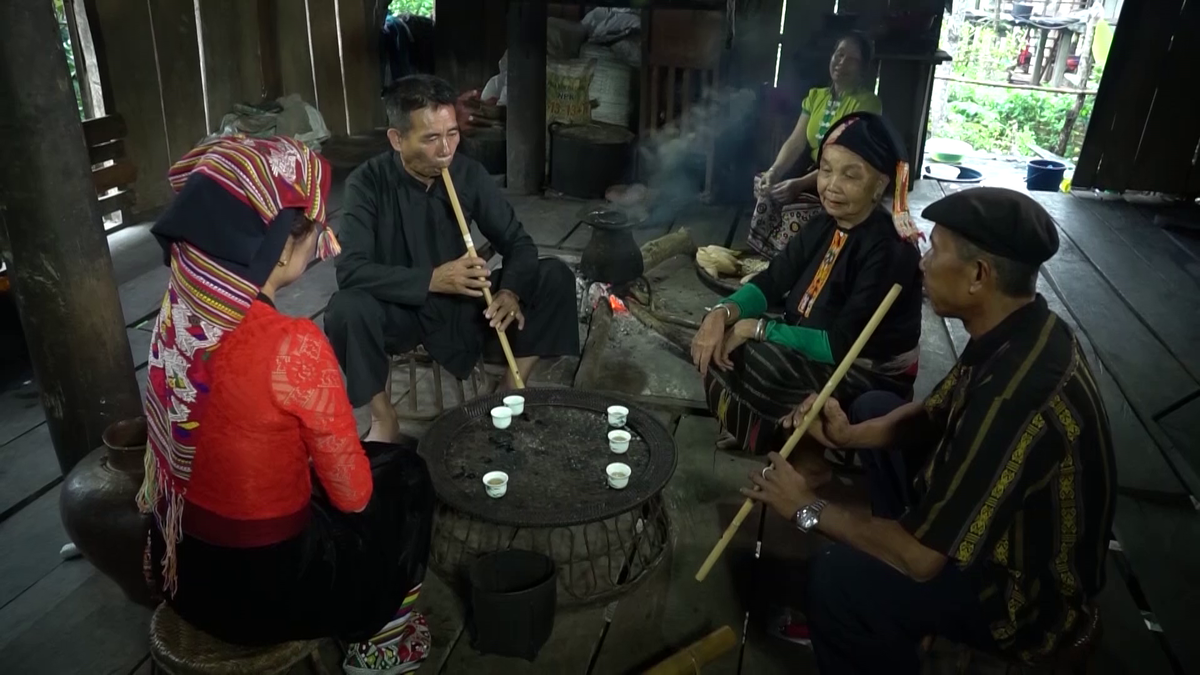


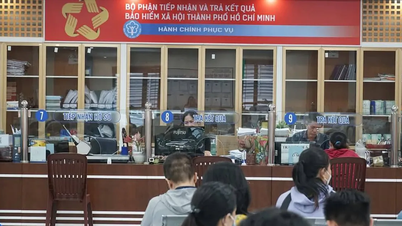

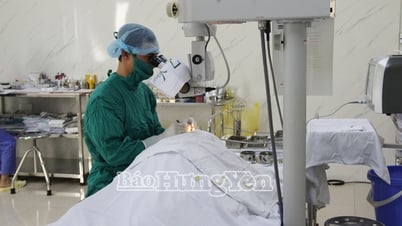

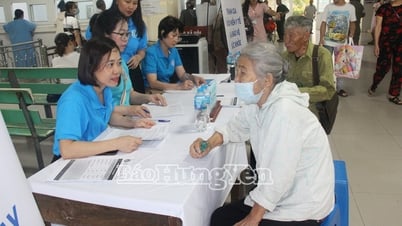

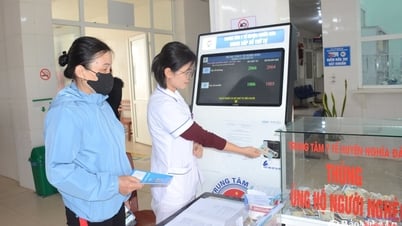

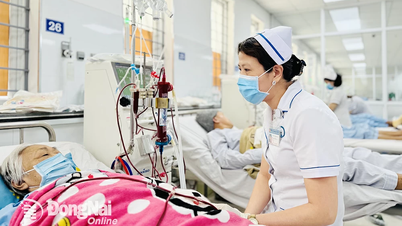








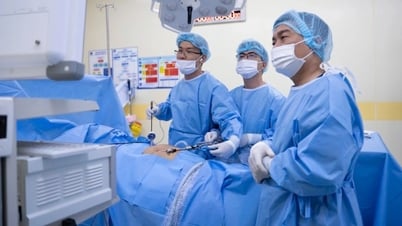






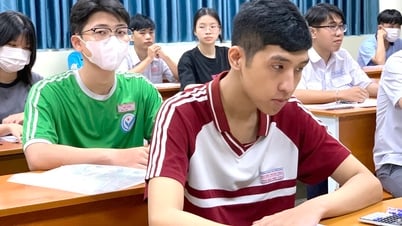
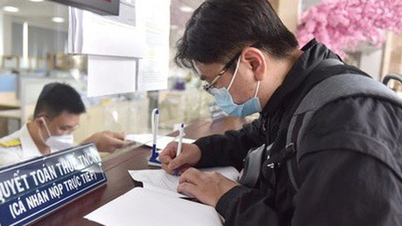




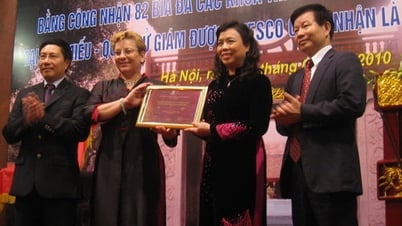











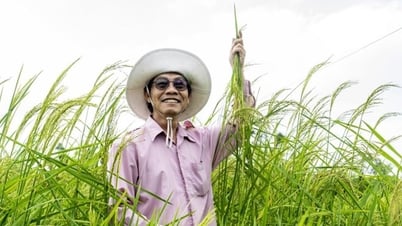

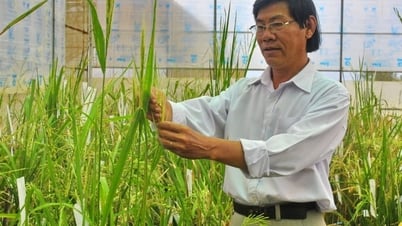

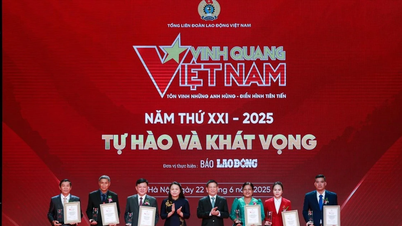



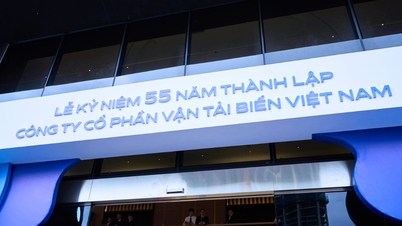









![[Photo] General Secretary To Lam attends the launch of 3 digital platforms serving the implementation of Resolution No. 57-NQ/TW](https://vphoto.vietnam.vn/thumb/402x226/vietnam/resource/IMAGE/2025/7/2/d7fb7a42b2c74ffbb1da1124c24d41d3)


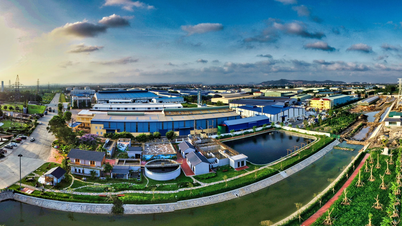

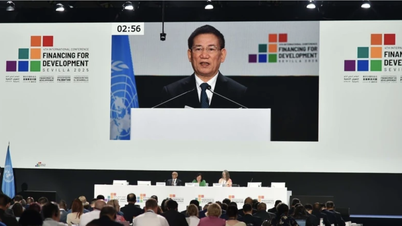


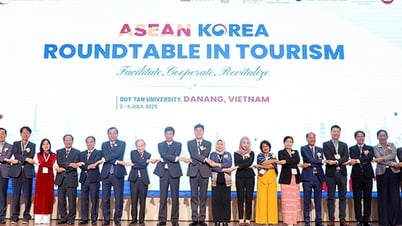

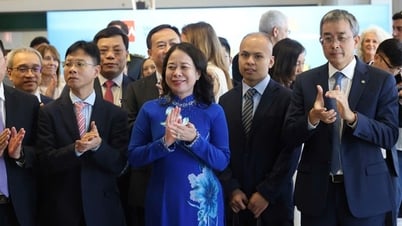











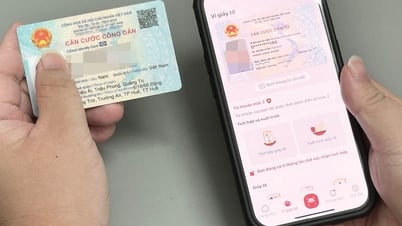

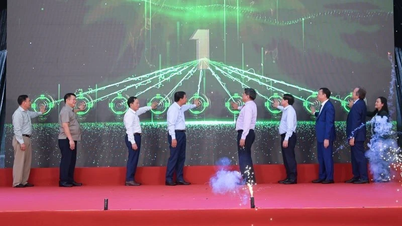
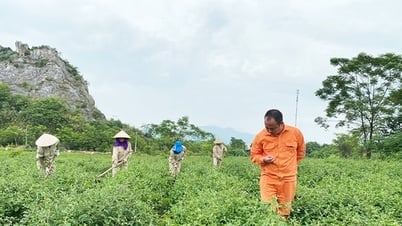












Comment (0)